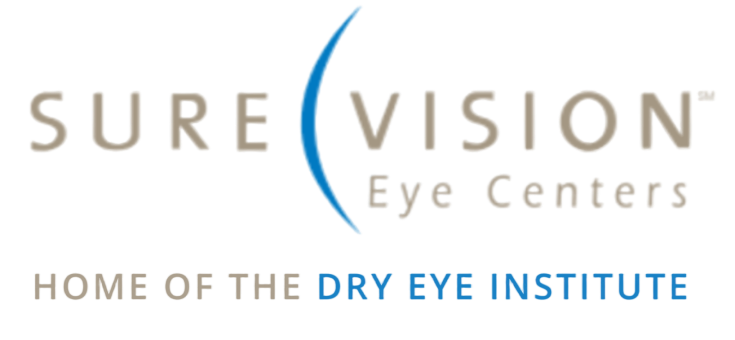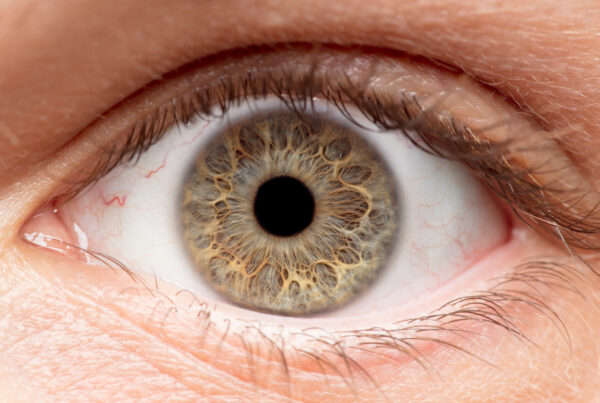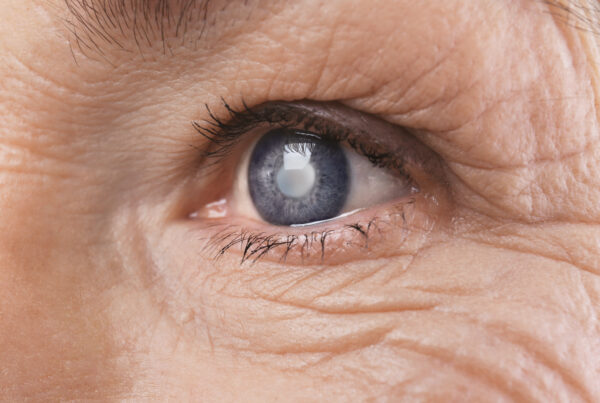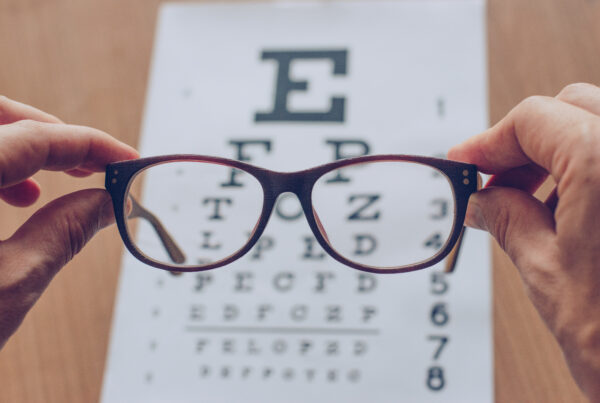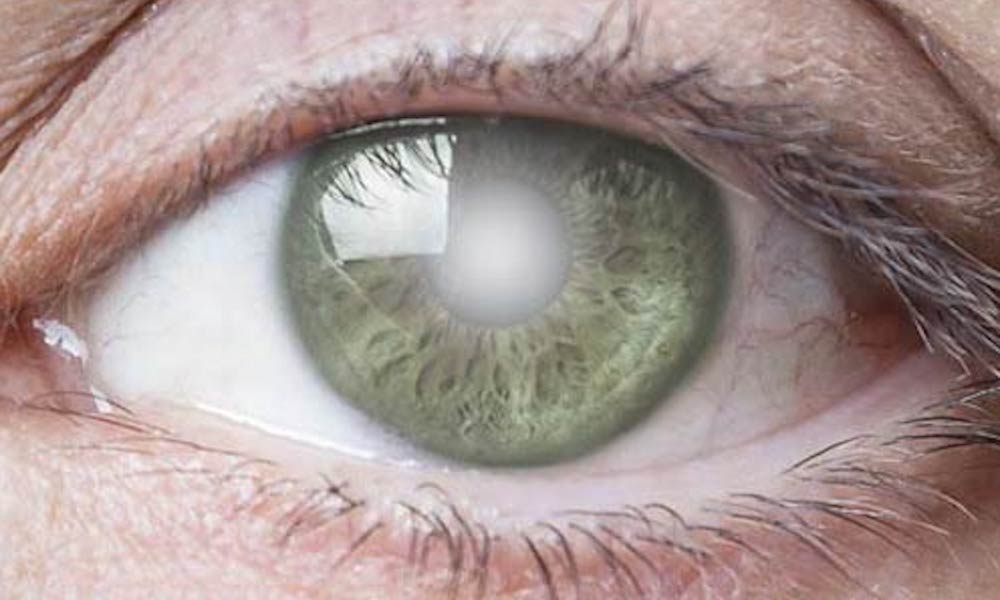
Sunglasses are a staple of the summer months. Sure, they help you accessorize your favorite look, but they do so much more.
During the previous solar eclipse, there were many headlines and much warning regarding looking directly at the sun due to UV exposure, and for good reason. Directly looking at the sun can cause permanent vision loss in the form of solar retinopathy. The rays of the sun can scar the central part of your vision.
Now, most of us know not to look directly at the sun, but what else can happen to your eyes from sun exposure?
There are many ocular conditions that in part occur from sun exposure. One condition that most people are aware of is cataract development. Cataracts occur as the lens inside the eye ages and clouds, and may require cataract treatment. This clouding can occur more quickly if there is excess sun exposure.
Macular degeneration is another condition that can occur with age. While there is a genetic component, and an association with smoking, sun exposure can also play a role.
There are lesser known conditions associated with sun exposure as well.
One of these conditions is pterygium development. A pterygium is a growth from the conjunctiva, or white part of the eye, onto the cornea, or clear central portion of the eye. A pterygium can induce excessive astigmatism and cause irritation of the eye that requires consistent lubrication. Is it thought they occur due to the reflection of light from the sun, off the bridge of the nose, onto the eye.
Lesions of the skin or eyelids can also be caused by excessive sun exposure. The most common lesion to develop from prolonged UV exposure is basal cell carcinoma. Any new or expanding lesions need to be identified, possibly biopsied, and removed if noticed.
Nearly all of these conditions occur more commonly and more quickly along the equator, as there is increased sun and UV exposure. However, not all harmful sun exposure occurs in warm environments. There are conditions caused by the sun in very cold environments.
One of those conditions is termed snow blindness. Snow blindness is a sudden scarring or drying of the cornea. It can cause extreme pain and irritation. This condition is most common when snowboarding or skiing but can be easily prevented. Snow goggles that have 100% UV Blocking should be worn during these activities.
If in the sun, it is important to remember those sunglasses, no matter what month or where you may be. Check with your eye care provider to make certain your sunglasses or transition glasses are protecting you against the sun’s harmful UV rays.
